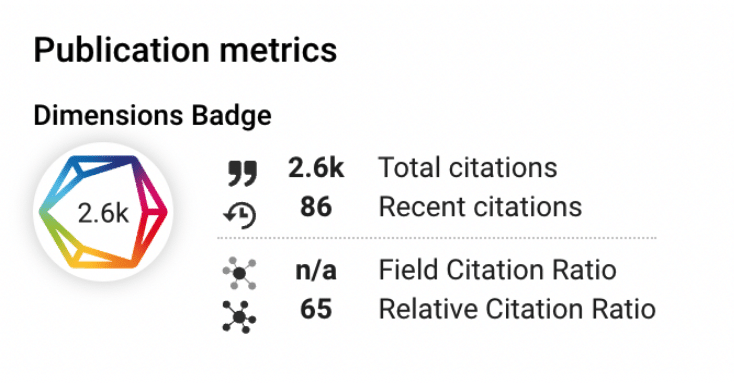Subscribe to our newsletter
Rita Levi-Montalcini: A long life of achievement
In the second of our March series to celebrate Women’s History Month, we look at the long and successful life of Rita Levi-Montalcini. One of a pair of twin daughters born in 1909 to an electrical engineer and painter, Professor Levi-Montalcini won the Nobel Prize in Physiology or Medicine in 1986, building on her legacy well into her 90s.

Professor Rita Levi-Montalcini
We are looking in this series of blogs at three women and their legacy to understand a little about what they achieved through their research, and how these achievements live on after their death as other researchers use their work and build on it in different ways. Earlier this month we looked at Marie Maynard Daly, and in the final part will assess the work of Elsie Widdowson. But in this post we will focus on one of the most famous Italian scientists to have ever lived, Professor Rita Levi-Montalcini.
For many people, they may know the name of Italian neurobiologist Rita Levi-Montalcini for her curious first in the pantheon of Nobel Prize winners, which while notable, does mask the many great achievements that went before. You see, Prof. Levi-Montalcini became the first Nobel Prize winner to ever reach 100 years of age when she hit that remarkable milestone in 2009. While this is notable, at the time the scientist was still representing her country as a Senator for Life in the Italian parliament – just one of a long line of achievements throughout her life.
According to her Nobel biography, Prof. Levi-Montalcini was born in Turin in 1909 and started tertiary education late. However, she soon made up for lost time, studying in the same institution as other notable biomedical scientists before deciding on a life devoted to research rather than becoming a medical doctor. This stage of her life coincided with World War II, but undeterred she maintained a focus on her studies, experimenting on chick embryos in a makeshift lab set up in her bedroom. This research was the basis for much of her work in later life, which eventually saw her leave Italy to work at Washington University in St Louis where she would spend much of her career before returning to Italy to retire.
When we look at her research now through the Dimensions database, we can see that she had a prolific career, with 171 publications right up until her death in 2012. In that time, her articles garnered over 19,000 citations, with several articles being cited over 1,000 times each. Much of her work focused on the ‘nerve growth-promoting factor’, which was an area of research she appeared to own in the 1960s, 1970s and 1980s, and was rewarded with the Nobel Prize in 1986 with her colleague Stanley Cohen.

Several of her articles zeroed in on the ‘nerve growth factor’, and an article with this simple term as the title was the second most highly cited article of her career with over 1,800 citations according to Dimensions. Interestingly, the most cited article was a kind of review article titled ‘The nerve growth factor 35 years later’ which has been cited more than 2,600 times. Many believe review articles can attract more citations than pure research articles, and this may be the case here.
Later in her career, Prof. Levi-Montalcini returned to her native Italy to direct numerous research labs dedicated to neurological sciences, and she even helped set up the European Brain Research Institute in 2002, serving as its president despite her advancing years. She died aged 103, but becoming a centenarian was just one of many achievements in her long life.

About the Author
Simon Linacre, Head of Content, Brand & Press | Digital Science
Simon has 20 years’ experience in scholarly communications. He has lectured and published on the topics of bibliometrics, publication ethics and research impact, and has recently authored a book on predatory publishing. Simon is also a COPE Trustee and ALPSP tutor, and holds Masters degrees in Philosophy and International Business.
